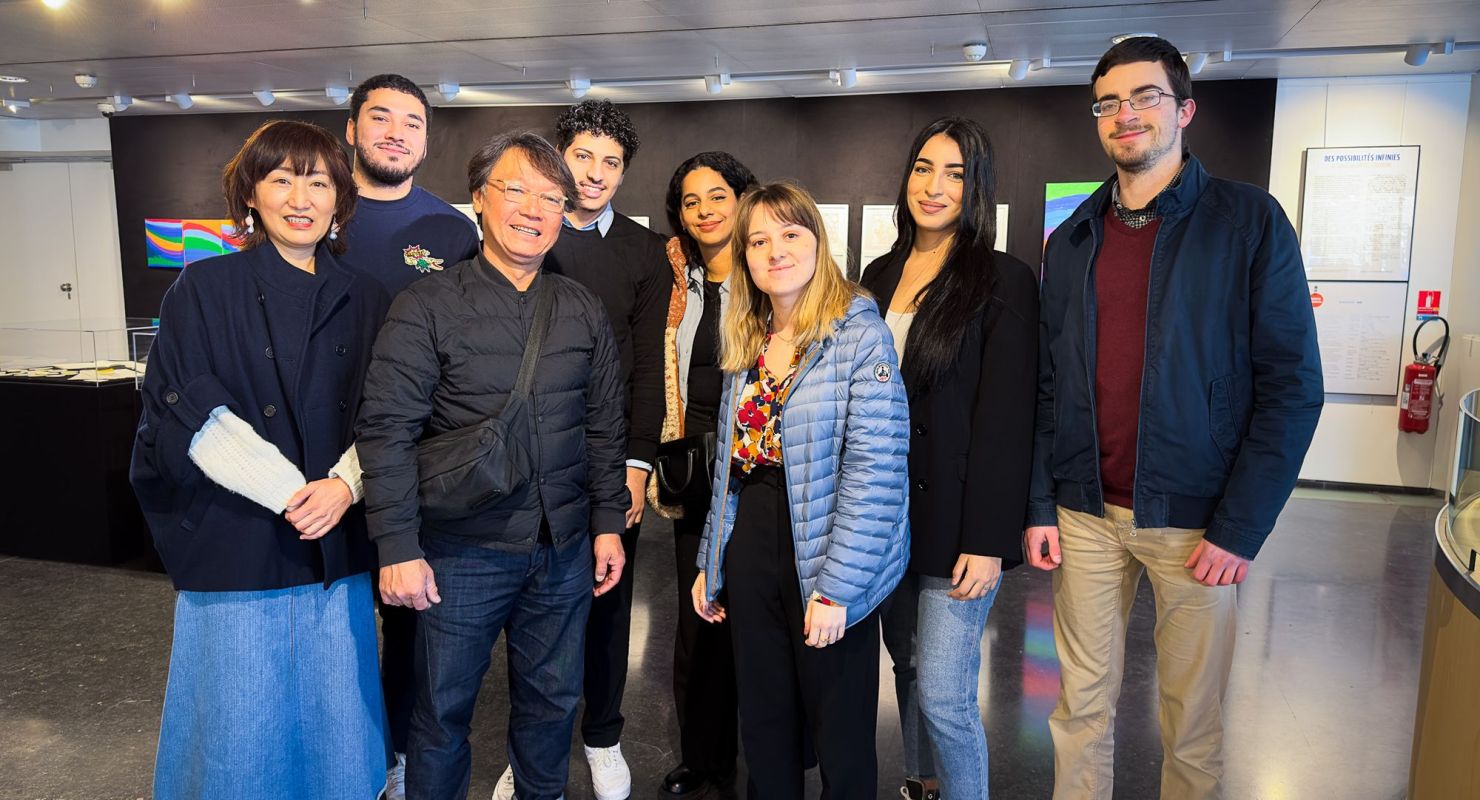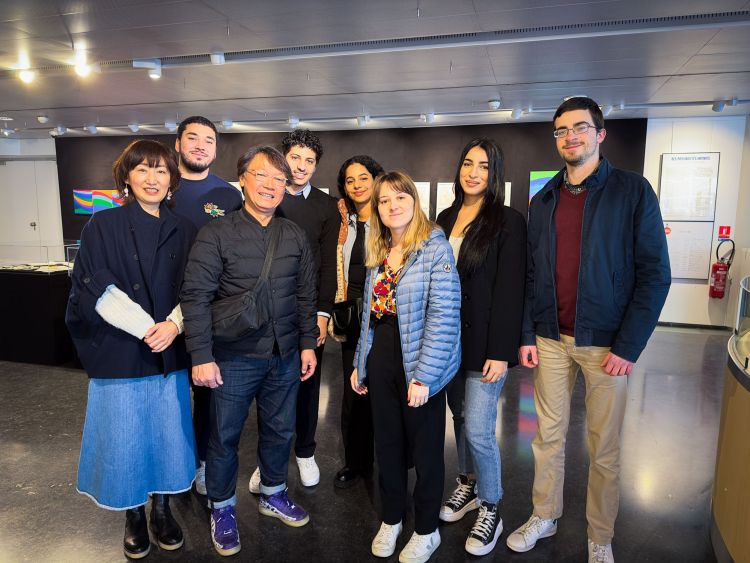
Committed students
The project was born thanks to 6 ECE students:
- Victoire Benoit–Raymond, Project Manager, Health & Technology Major
- Douae Biyah, Information Systems Major
- Oulayaa Mestani, Information Systems major
- Ayoub Mestani, Finance major
- Mohamed Khalil Semlali, Product Engineering & Innovation major
- Pierre-Eloi Takacs, Energy & Environment major
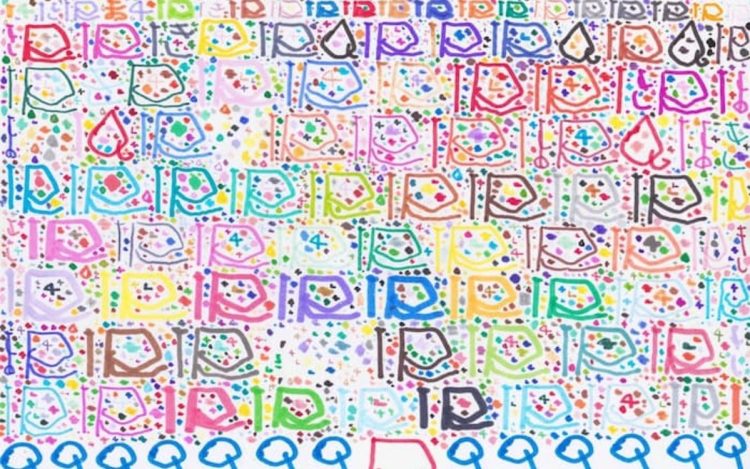
The beginnings of the student project
This project was born out of a meeting between Olivier Girinsky (ECE projects department) and the family of a young autistic boy, Shuto, during an exhibition of Shuto’s drawings at the CAF in the 15th arrondissement of Paris.
Shuto is 25 years old and was diagnosed with an autism-like behavior disorder at the age of 3. He had trouble concentrating at school, and therefore couldn’t study properly. Despite having concentration problems and difficulty holding a pen, this young child decided to learn to draw from the age of 10. It wasn’t long before he developed a passion for the art and began drawing, day and night.

The goal of the AI for Autism project
The aim of the project is to improve communication between Shuto (autistic) and his family and friends. Shuto communicates mainly through his drawings, and has real interactions with them, as they have a special meaning for him. Each motif seems to signify something, a word or expression for example, the whole forming a text that only he understands if you look at it with the naked eye. This is how he communicates with the outside world and develops his creativity.
However, they are abstract for all those around him, as these drawings are mostly made up of sequences of shapes, letters and numbers. They are therefore difficult to decipher.
The solution provided by our ECE students takes the form of an application that “reads” Shuto’s recorded drawings and associates each of them with a piece of music. The drawings will be transcribed by music, which will be chosen according to the colors used to correspond to a note.
Difficulties encountered
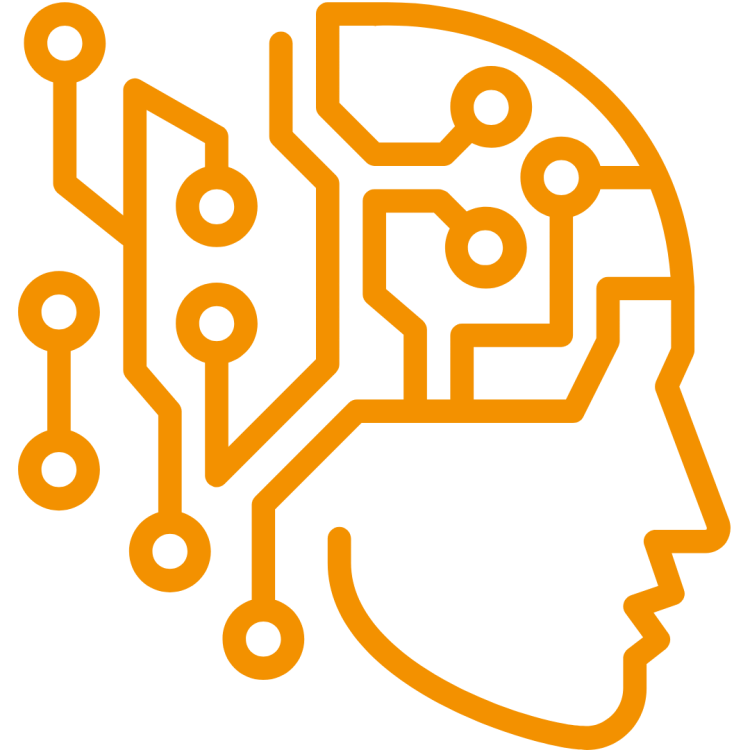
Artificial Intelligence
Our students wanted to create Artificial Intelligence. However, access to the data was not easy
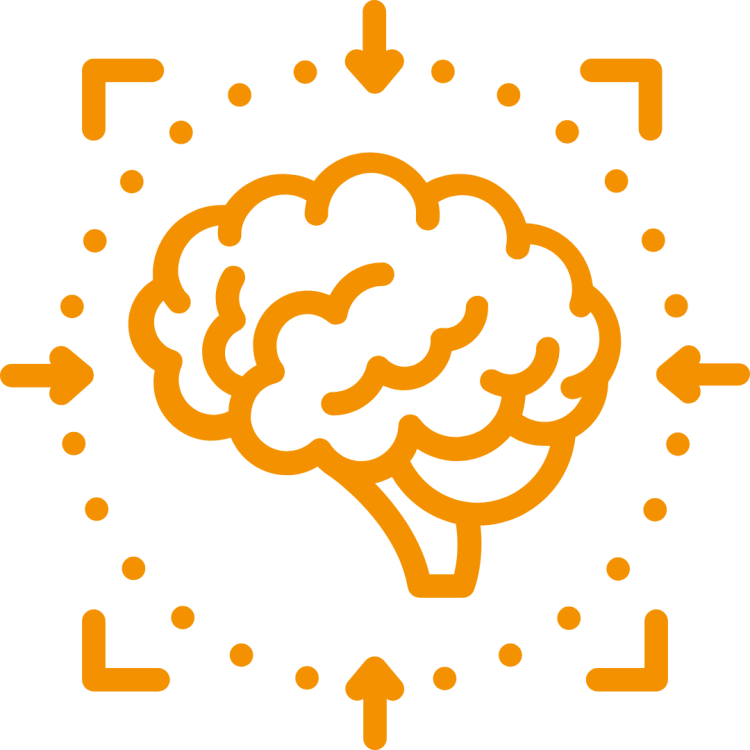
Concentration
Shuto can’t concentrate for very long, so the data wasn’t reliable enough.
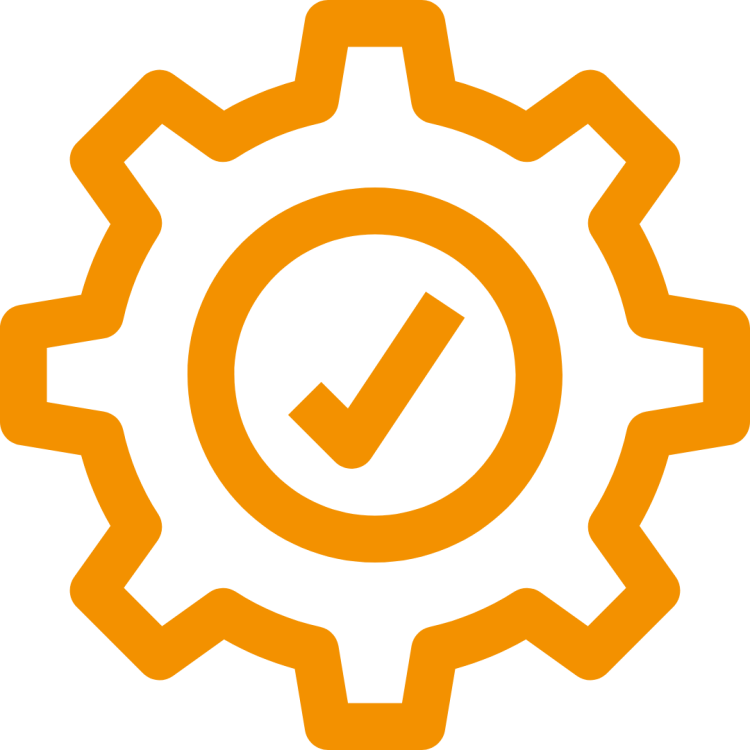
Skills
Technically, it took a while for the band to integrate the music into the application, but in the end they succeeded.
What the project brought to the team
This project enabled ECE students to work together as a team to achieve their final objectives. They used the agile method to develop their solution. This gave them greater freedom of action in relation to the problem at hand.
What’s more, they were open to change, which enabled them to take the best course of action and not get stuck. So it was a spirit of collaboration that got them there in the end.
Finally, they learned a lot about autism. Through this project, they learned not to get stuck on a single idea.


